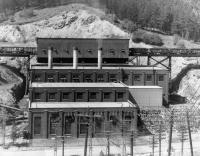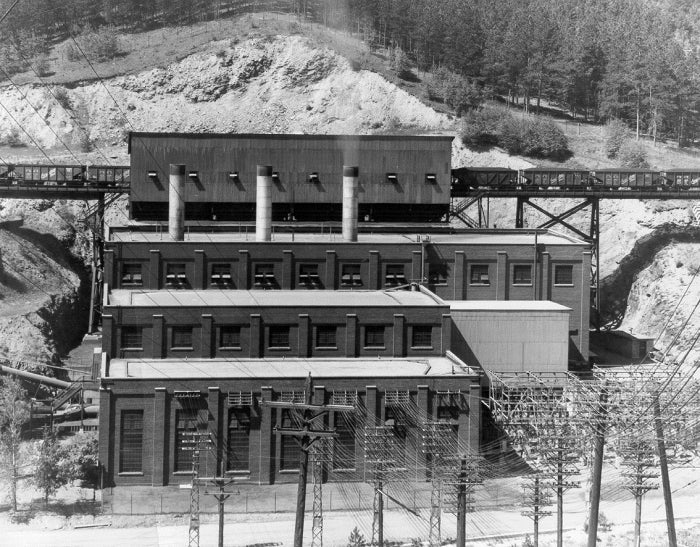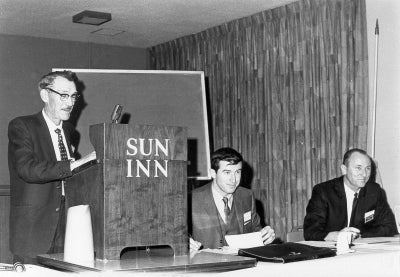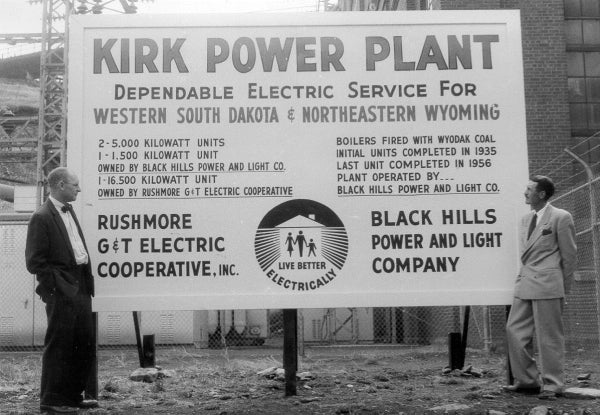Historical Overview
For six decades, Rushmore Electric Power Cooperative and its eight member cooperatives throughout western South Dakota have worked together to provide reliable, cost-effective and safe electric energy to the plains and pines of western South Dakota.
Formed in 1950 to bring a dependable and affordable power supply to the member-owners of its distribution cooperative, Rushmore Electric has helped empower rural America and meet the needs of thousands of residents, ranchers, farmers and businesses of this vast territory. In so doing, the organization has redefined life in western South Dakota and has helped secure the energy future of succeeding generations.
In addition to its power supply and transmission responsibilities, Rushmore Electric oversees joint advertising, marketing and public relations programs, operates a SCADA monitoring system for its member cooperatives, and provides a full-service communications company, an engineering service, and a federal credit union.
By understanding the power of human connections and responding to the needs of electric cooperative members, Rushmore Electric stands poised to meet the energy challenges of tomorrow.

A COOPERATIVE FOR COOPERATIVES


THE BIRTH OF RUSHMORE



RUSHMORE TODAY
